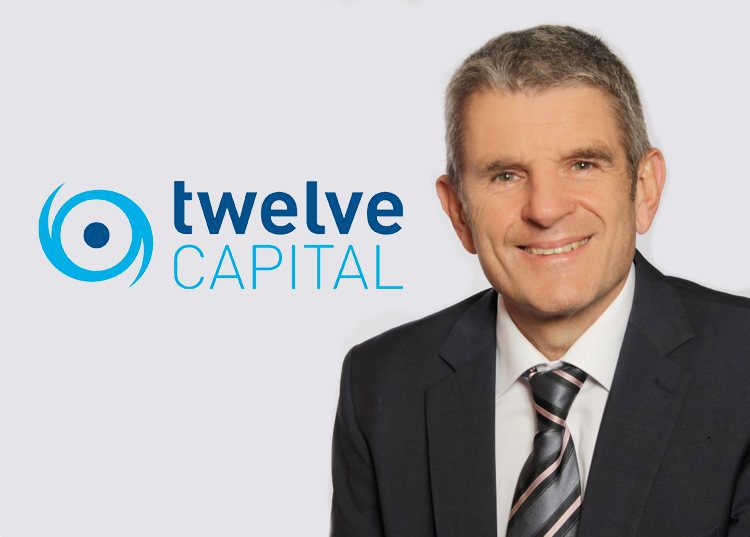Good reinsurance rates to sustain high retro pricing in 2024: Grandi, Twelve Capital

Marcel Grandi, Head of ILS Sourcing at insurance-linked securities (ILS) and reinsurance asset manager, Twelve Capital, expects price increases to be limited in 2024, but is positive for the future as reinsurers continue to cede a sizeable portion of their exposure to the retrocession market.
In a recent webinar hosted by Twelve Capital, Grandi provided an outlook for the ILS market ahead of the January 1st, 2024, reinsurance renewals.
He noted that while during 2023 there’s been a “tremendous” rise in both retro and reinsurance pricing, the outlook for 2024 is more conservative, with the potential for price increases probably limited to a certain extent.
“Our estimate is risk-adjusted price increases between flat and maybe 10%. There is, we believe, more potential for substantial price increases at the middle layer segments, less potential for substantial price increases for the top layer segments, or the more risk remote segment, because that is exactly the segment where there appears to be more competition of protection providers,” said Grandi.
One of the key positives for Twelve Capital, according to Grandi, is that reinsurers are ceding a lot of their exposure to the retro market. In fact, the ILS and reinsurance asset manager estimates that the cession rate is around 16.6% of premium being transferred into retro.
“Inflation has an impact obviously on the exposure and the insured values, meaning there is a demand to buy a bit more limit. On the other hand, retentions are increasing, meaning that the layers become more risk remote,” continued Grandi.
“And also interesting, is that retro generally is perceived to be a bit more costly than reinsurance, and attractiveness is deemed to be higher,” he added.
As noted by Grandi, throughout 2023, reinsurance pricing was essentially playing catch up, notably at the mid-year renewals in the US.
“So, obviously, in the retro market, you can obviously only pay as much as you’re getting from the reinsurance, and so good reinsurance pricing should also allow, let’s say a maintenance, of the high level of retrocession pricing,” said Grandi.
While price is one side of the coin, hard markets are also influenced by terms and conditions, and this is another part of the equation which saw tremendous improvement over the last two years.
“I guess we have now in all contracts a named natural perils language, meaning we don’t have explosion, fire creeping in. That was particularly the problem you had in the COVID times because you had loose language, and then COVID related losses, business interruption losses were creeping in. So, everything nowadays is much cleaner.
“The exclusion list is relatively complete. And in particular for the collateralized market, most important is that you have a very good and clean collateral release and commutation language,” said Grandi.






